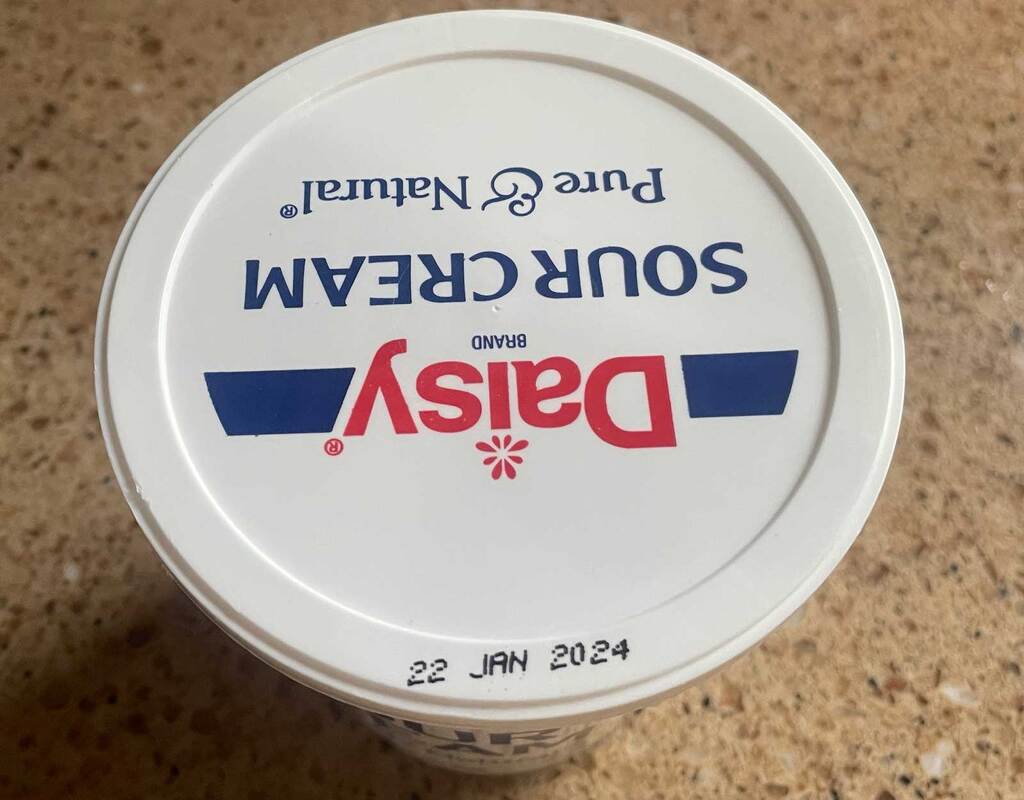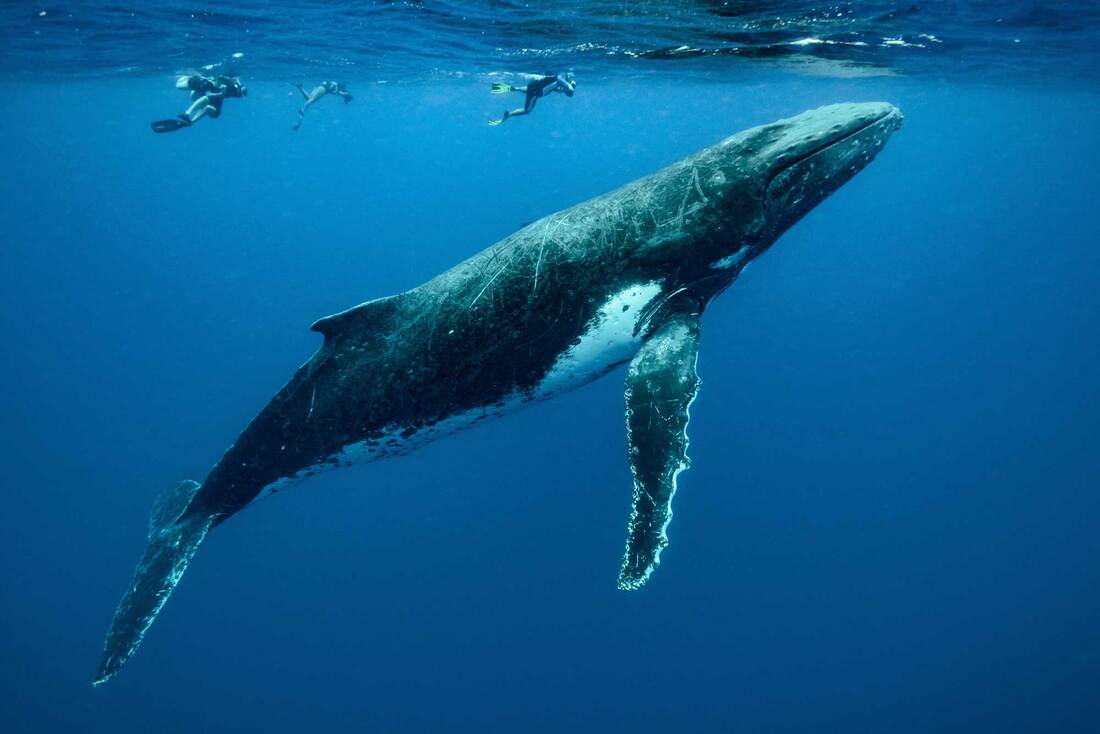|
This is one of those questions often asked as a joke. Kind of like “Why is there only one word for thesaurus?” Or… “Do fish get cramps after eating?” Or… “What do little birdies see when they get knocked unconscious?” Or… “Is boneless chicken considered to be an invertebrate?” Those are just silly questions (or are they?), but it occurs to me that the sour cream question could actually be legitimate. After all, sour cream is a dairy product created by subjecting regular cream to bacteria cultures. The bacteria turn the lactose into lactic acid, which is sour. The process also thickens the cream. So, if the cream has already been “attacked” and soured by bacteria, why bother with an expiration date? Well, these good bacteria that sour the cream by making lactic acid are not particularly well trained. Nor are they sentient. Nor would they care what we think even if they were sentient. What I’m trying to say is, the bacteria have no interest in stopping what they like to do, which is gobble up lactose then “poop” out lactic acid (which people gladly pay good money to consume, by the way). Nope, these bacteria will just keep on keeping on. Therefore, when the cream gets just enough bacteria poop to taste yummy to humans, the humans put the stuff in the refrigerator to slow down the bacteria, then they slap a price tag on it and sell it. Do the bacteria know about the refrigerator and the price tag and the selling? Of course not. They keep on eating and pooping, although at a much slower rate. Eventually, even in the fridge, they will make your sour cream have too much lactic acid (as well as other waste products), and then your sour cream has officially gone sour. It will be sour sour cream. Oh, and don’t forget there are other bacteria, not to mention mold, that would happily gobble up your sour cream. Those little critters start getting into your sour cream the moment you open the container, and they produce waste products that are nasty. In fact, some of those waste products can turn you into a double-barreled Old Faithful (although less pleasant to watch). So, it’s wise to pay attention to the expiration date. And one more thing… don’t try to make sour cream by letting your regular cream sit out and turn sour. Real sour cream is made by first pasteurizing the cream (killing the bad bacteria), then carefully introducing the good, lactose-munching bacteria, all in a sterile, clean environment. Photo Credit: - Sour cream - Stan C. Smith
0 Comments
Did you know you can tell how old a whale is by looking at its ear wax? All cetaceans (whales, dolphins and porpoises) make earwax, just like people do. In sperm whales and some baleen whales, this ear wax builds up over time, forming layers and creating an earwax plug in the ear canal.
Now, in people, a big earwax plug can interfere with our hearing. Not so in whales. Remember, whales listen underwater. The earwax plug is about the same density as the water, so it actually helps transmit the sound waves to the whale's eardrum. The earwax plug actually works as a hearing aid. If the whale's ear canal contained air, this wouldn't work. Anyway, if you slice a whale earwax plug lengthwise, you will see layers, similar to tree rings. The dark layers form when the whales are migrating (not eating). The light layers form when the whales are feeding. So, these layers correspond to the whale's cycle of migrating and eating. Blue whales, for example, migrate each year, so each dark layer represents one year of the whale's life. Scientists have been using earwax to determine whale age since the 1950s. ABCDEFGHIJKLMNOPQRSTUVWXYZ. Seriously, why? Why in the name of all that is holy does M have to come before N? This specific order is one of the first things we learn in school, but we never ask why! I understand why numbers need to be in a specific order. They’re numbers, that’s why. But letters don’t represent quantity. They are simply symbols used to make words. They don’t have to be in any particular order. If you scrambled the entire alphabet and started teaching the new scrambled order of letters in elementary schools, what difference would it make? An R is still an R no matter where you put it in the sequence. It still has the same properties. Pirates will still say Arrrr. Of course, if we rearrange the alphabet, that would mess up some things. Dictionaries would definitely have to be rearranged. But regardless, it all just seems so… random.
To solve this particular mystery, we need to go back in time. In ancient Egypt, the workers and slaves (you know them… those lowly workers who built the pyramids and farmed the land along the Nile river) were not given the opportunity to learn the complex system of hieroglyphics used there. So, they developed their own basic system of symbols, which turned out to be the basis of almost all modern alphabets used today. The Egyptians eventually started using this system, and the Phoenicians (a group of seafaring traders who lived on the coast of the Mediterranean Sea) took the system of symbols and developed it into the first fully formed alphabet. The Greeks adapted it for their needs (providing us with those letters you see on fraternity and sorority houses today), and the Romans borrowed it from the Greeks and eventually turned it into the alphabet we still use today. By the way… the Romans took the letters Y and Z, moved them from the front of the alphabet (where the Greeks had them), and stuck them at the end. The written Roman language led to Old English, which led to Middle English, which led to the modern English used today. So, back to the original question… why are the letters in the specific order as we know it? The answer? We don’t exactly know for sure. Language historians disagree. Some think it goes back to the Egyptians and how they arranged their hieroglyphics. Others think the letters used to have numbers assigned to them, and they were simply arranged in numerical order. Those numbers were lost over time, but the basic order of the letters remains. Some psychologists think it is because this particular order was chosen due to it being easy to memorize because of the nice bouncy cadence of the sounds. This last idea may seem far-fetched, but if you think about it, there’s no doubt that the order of the letters is easy to pronounce and to memorize. To me, it’s kind of like supercalifragilisticexpialidocious. This word was carefully created to be easy to memorize and pronounce. Just like the alphabet. |
Stan's Cogitations
Everyone needs a creative outlet. That's why I write. Archives
July 2024
|




 RSS Feed
RSS Feed